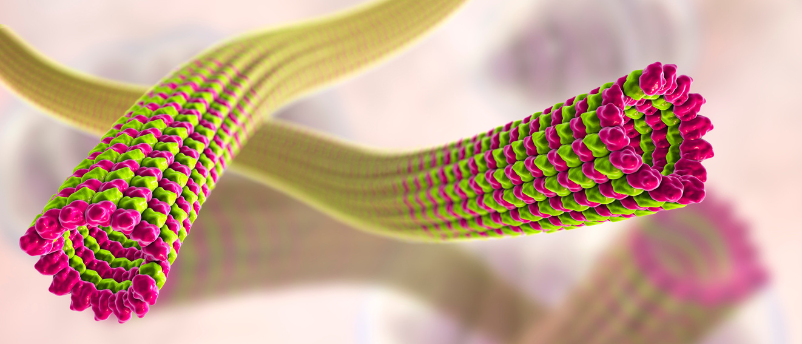
BioTechniques News
Aisha Al-Janabi

A mechanism of dynein-powered metastatic locomotion has been identified using soft tissue models, revealing a new clinical target for breast cancer treatment.
New research led by Penn State (PA, USA) has revealed a mechanism of cell locomotion powered by a motor protein called dynein, providing a new clinical target for metastasis. The research initially started as a collaboration between two departments at Penn State, the Department of Chemical Engineering and College of Medicine; however, several other institutions later partnered with Penn State to deliver the promising research.
Metastasis is the principal cause of treatment failure and cancer-related deaths. This new research reveals, for the first time, the mechanics of breast cancer cell invasion of healthy tissues. The novel findings report that the motor protein dynein is crucial to supporting the movement of cancer cells. Erdem Tabdanov, lead co-corresponding author, highlights the importance of this finding, stating that “until now, dynein has never been caught in the business of providing the mechanical force for cancer cell motility, which is their ability to move themselves. Now we can see that if you target dynein, you could effectively stop motility of those cells and, therefore, stop metastatic dissemination.”
 Novel 3D-printed tumor model enables better treatment outcomes
Novel 3D-printed tumor model enables better treatment outcomes
Complex heterogeneous tumors can be better understood with the aid of a new 3D modeling method.
The researchers watched the migrations of cells using live microscopy in two systems that modeled the human body.
The first system was a 2D network of collagen fibers, this system mimicked the extracellular matrix that surrounds tumors and showed that dynein plays a key role in cell movement. 2D surfaces, however, don’t completely capture all the properties of a tumor. So, a 3D model was created consisting of a microscopic hydrogel matrix. The 3D model aimed to mimic the soft tissue of tumors. This model reinforced the results of the 2D model, showing that dynein was “indispensable” in the metastatic dissemination of human breast cancer cells.
This newfound role of dynein in cell locomotion could lead to new approaches to cancer treatment. Amir Sheikhi, who led the team that created the 3D model, explained “instead of killing the cancer cells with radiation or chemotherapy, we are showing how to paralyze them. This is great news because you don’t really have to kill the cells, which is a harsh approach that targets both cancerous and healthy cells. Instead, you just have to stop the cancer cells from moving.”
Cell paralysis could be an effective treatment strategy, preventing the cancer from spreading following the surgical removal of a tumor, although this approach is still a long way from being used in clinics. Sheiki concluded ‘“I think these platforms could one day enable personalized medicine and personalized treatment for cancer and, hopefully, many other diseases.”
The post Paralyzing cells could prevent metastasis appeared first on BioTechniques.
Powered by WPeMatico
